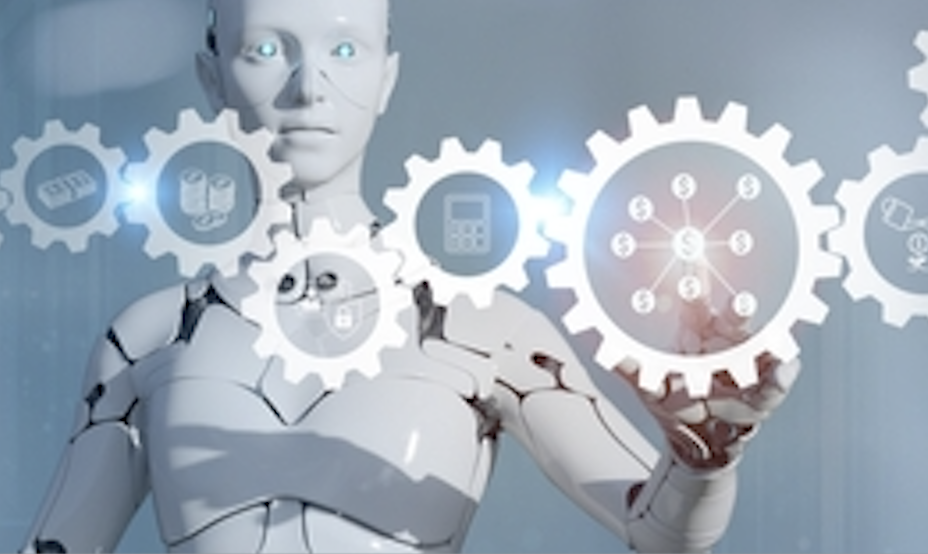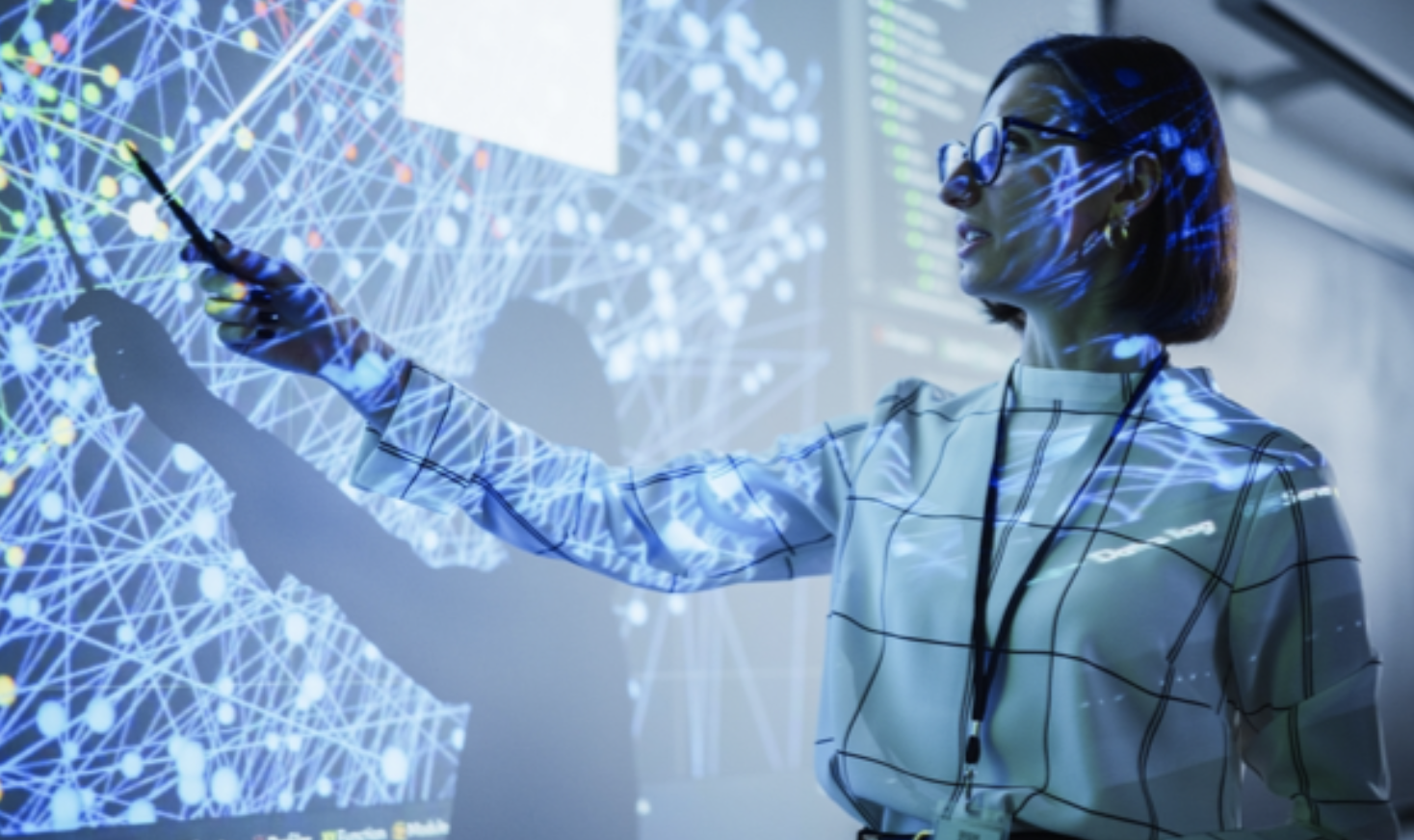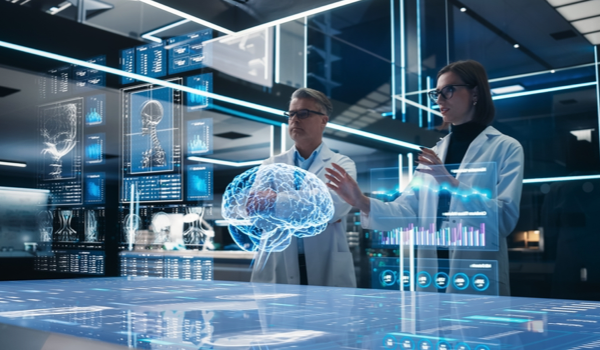

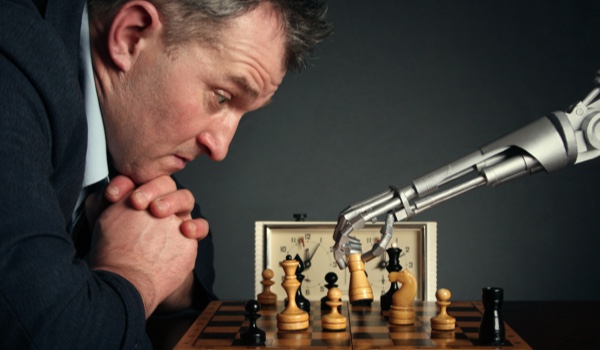
MUMBAI - In the early days of Artificial Intelligence (AI), some believed its real test would be defeating a human in chess. In 1997 it achieved that when IBM’s Deep Blue supercomputer beat World Chess Champion Garry Kasparov.
Many believed following that seismic event that conquering the game of chess only needed computing power. Twenty-years on from that memorable day, AI proved itself once again when Google’s AI AlphaZero taught itself chess in four hours, without human intervention, and in a 100-game matchup with the world’s best chess program Stockfish 8, won 28 games, drawing 72.1
Stockfish 8 not only possessed all human chess knowledge, but it could calculate a whopping 70 million positions per second, while AlphaZero only had an armory of 80,000. Yet, AlphaZero’s unconventional openings and moves stumped experts and opened up the ancient game to new interpretations.2
In 1997, Deep Blue was made from 480 chips with 1.5 million transistors each, making a total of 720 million transistors inside.3 Apple iPhone 13, with the A15 Bionic chip, has 15 billion transistors.4 Thus, 25 years on, consumers carry 21 times the power of a then-supercomputer in their pockets today.
Though AI has been around since the 1950s, the first truly usable AI did not arrive until the end of 2011. In under a decade, AI has merged so much with human life and affairs that separating the two is impossible. Creative writing, like chess or Go, was thought impossible for AI. Turns out there is little AI cannot do if one gives it enough data. It can write a novel,5 compose music,6 predict the stock market,7 help lawyers win cases,8 drive cars and trains, pilot planes, discover lifesaving drugs, solve the protein folding problem,9 predict crime,10 and diagnose
The content herein is subject to copyright by The Yuan. All rights reserved. The content of the services is owned or licensed to The Yuan. Such content from The Yuan may be shared and reprinted but must clearly identify The Yuan as its original source. Content from a third-party copyright holder identified in the copyright notice contained in such third party’s content appearing in The Yuan must likewise be clearly labeled as such. Continue with Linkedin
Continue with Linkedin
 Continue with Google
Continue with Google

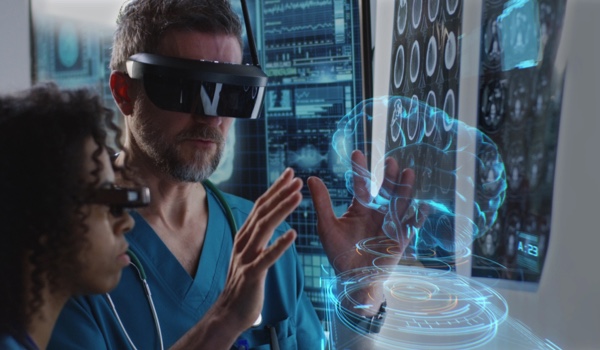









 3043 views
3043 views
